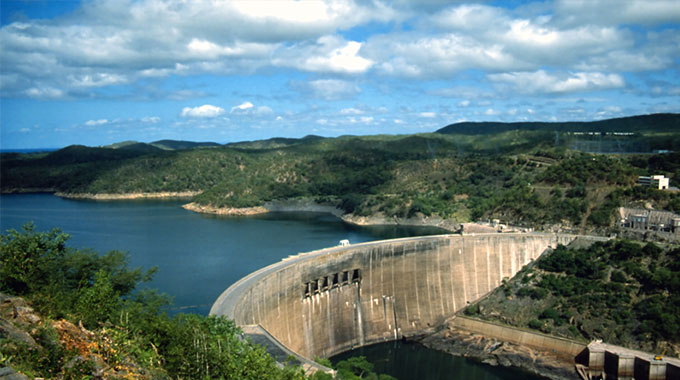
Zim Now Writer
The Kariba reservoir, is drying up toward record lows, threatening hydroelectricity production for the country and neighbouring Zambia.
According to the Zambezi River Authority (ZRA) - an agency jointly controlled by Zambia and Zimbabwe - the dam had 10.9% of usable storage this week, compared with 34.1% at the same time last year.
Kariba's maximum storage of a massive 185 cubic kilometres (44.4 cubic miles) of water makes it the earth's largest man-made lake by volume.
The water levels are close to those reached in the 1995/96 season which recorded the lowest since the 128-meter-high dam was completed in 1959.
Related Stories
While inflows from the Zambezi River were lower than the long-term mean in the past rainy season, the Zimbabwean and Zambian governments have both built extra hydropower turbines at Kariba which realise more water downstream.
“Appropriate measures to prevent a complete depletion of the scarce water in the Kariba reservoir have been taken with the power utilities.
“Considering the rainfall forecast for the forthcoming season of normal to above normal, the authority has optimised the water collection for 2023.
“The low levels could worsen a power shortage in the country, which is currently generating 750 megawatts at the dam until a coal power plant at Hwange adds 300 megawatts which is due next month,” ZRA said.
Kariba has a generation capacity of 2 130 megawatts split between Zambia and Zimbabwe, which are separated by the river Zambezi.
The Lake level has been decreasing gradually on account of low inflows from the mainstream Zambezi River, closing the period under review at 477.08m which is 10.91% usable storage on 26 October 2022, compared to 480.18m which is 33.15% usable storage recorded on the same date last year.
Zimbabwe is upgrading its Hwange power generation with an extra 600MW expected to bring the station of 900MW capacity by year end.
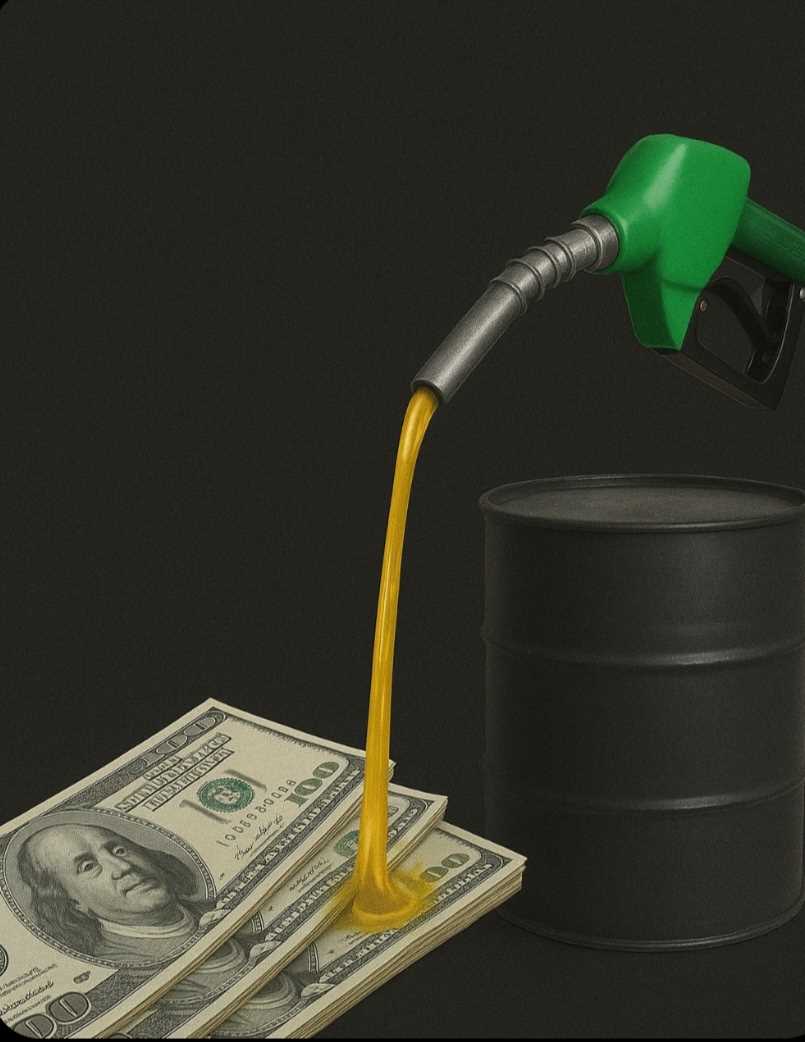
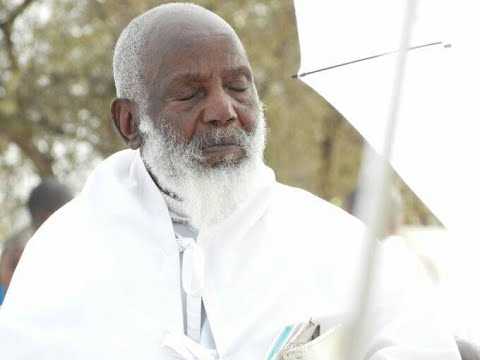

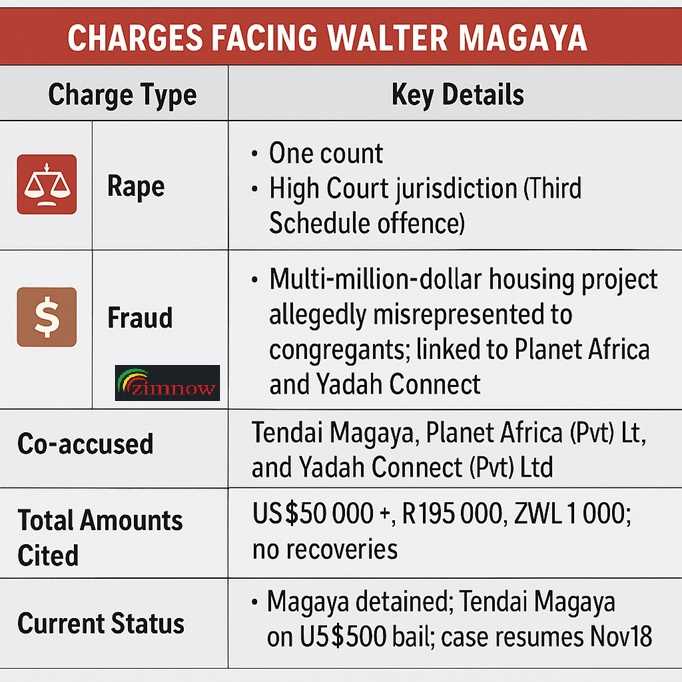
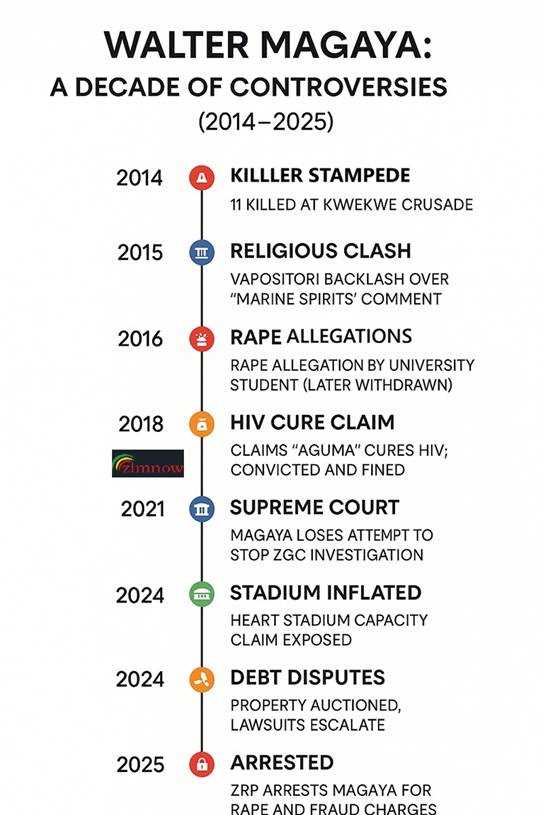
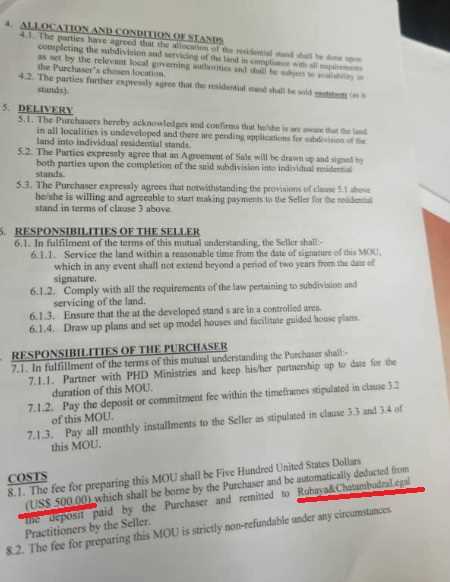

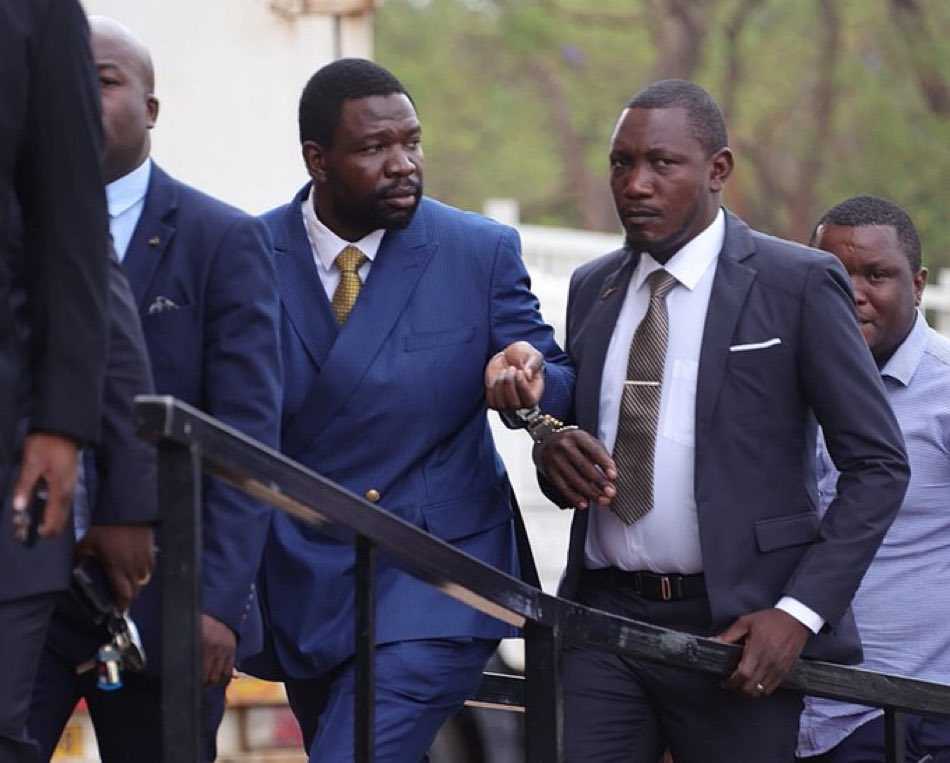




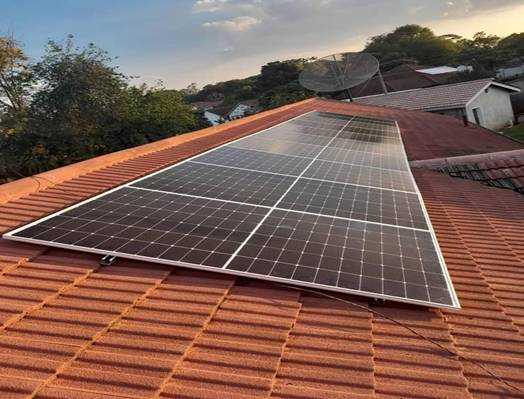



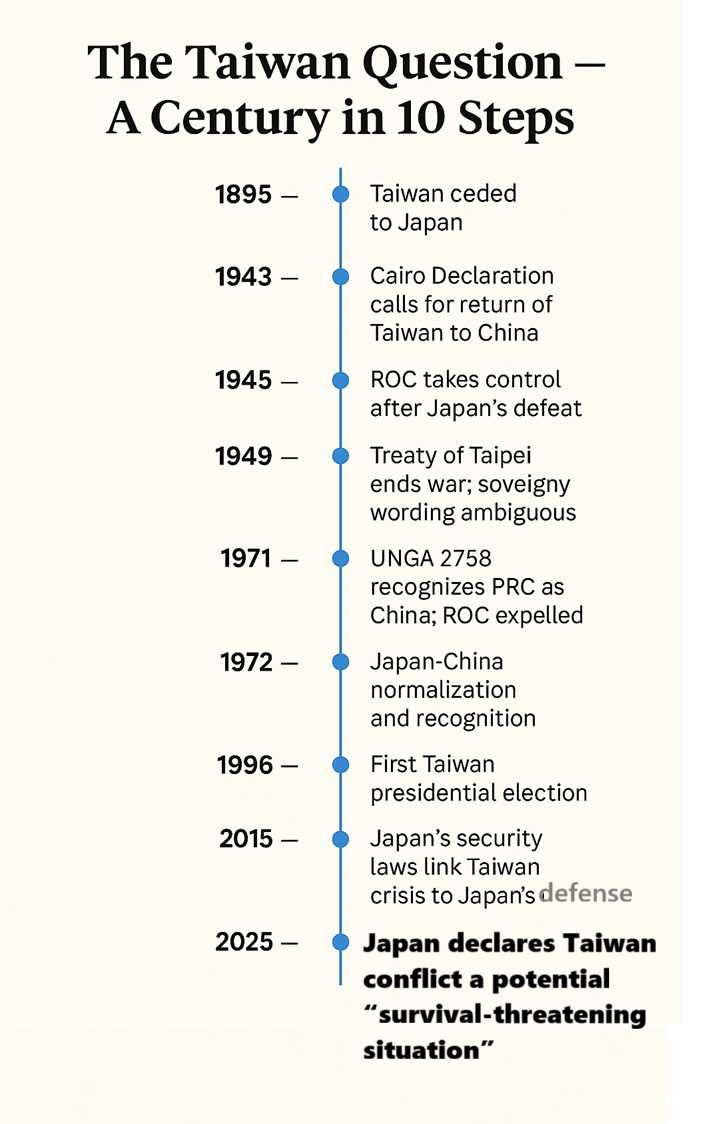


Leave Comments